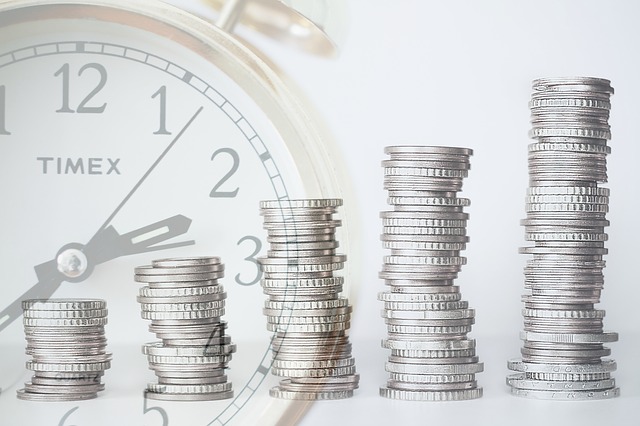In an earlier blog, I wrote about how to set objectives for exhibitions, conferences and events. Since then I’ve received a few requests asking for more specific ideas about what those event objectives should be. I wrote this blog to help.
Possible Key Performance Indicators (KPIs) for your Event Objectives
While every company is likely to have its own specific goals and objectives for each event, the following KPIs might kindle some ideas.
The number of visitors
Probably the most obvious metric is how many people visit your stand. If this is your primary driver gimmicks such as prize draws, games and quality giveaways will usually draw a crowd.
But I respectfully suggest you want to be smarter than that. Think about measuring the number of visitors who fulfil specific qualifying criteria.
The number of leads
Of greater importance to most exhibitors will be the number of leads you get. At some events, you might get an order or sale there and then. Otherwise, it might be an agreement to meet, or an appointment for a ‘test drive’ of your product or service.
As we have said in these blogs before, these leads need to meet quality standards to be counted. A useful checklist is to ensure the individual has the Money, Authority and Need to buy your services.
A more extended version of this checklist is called SCOTSMAN, which I’ll cover in a future blog.
The number of sign-ups or follows
In an age of GDPR (General Data Protection Regulation) simply getting an individual’s permission to keep in contact may be considered an achievement in itself. Getting permission is almost always best achieved in face-to-face meetings, making events an excellent medium for such objectives.
The pharmaceutical industry has faced this challenge for some time and has found asking for e-permissions, as they call them, in one-to-one meetings or at events far more effective than any other medium.
Some people see events as the ideal opportunity to grow their social media followers. I’m not convinced but each to their own!
Awareness
Awareness is vital to any business but I’d argue no one should attend an event for awareness alone. Better to have a measure that ensures people have taken some decisive action as a result of encountering you. Besides, it’s fiendishly difficult to measure without pre-event and post-event research.
The quality of your interactions
I think this is an essential metric, although it can be difficult to quantify. Conversations with influencers or key decision makers, for example, will require analysis and long-term tracking.
Not all events are about generating leads or sales of course. At a public health event, for example, your measure might be how many free stop smoking packs you have distributed, or how many people sign a pledge to walk 10,000 steps a day.
Consider what quality means when setting your event objectives.
The quality of the experience for your visitors
Naturally, you’ll want visitors to your stand to enjoy or benefit from coming to see you. If this is a critical measure for you, think about how you can capture this data. Does the event organiser run a post-event satisfaction survey for instance?
Return on Event Investment (ROE or ROEI)
Perhaps the purest measure for event objectives is whether the benefits or revenue outweigh the overall cost of attending the event (including stand space, the display, people staffing the stand, event transport costs etc.).
Estimating the return is another challenge.
A sale is easy to measure but might take some time to mature, and other factors will come into play to convert sales into leads. Back to our healthcare example, the monetary value of someone taking up exercise and thereby reducing costs to the NHS can be and is estimated to give a measurable ROI for this form of exhibiting.
There’s a whole blog in itself to be written about ROE, suffice it to say for the moment that the calculation for ROE is:
ROE = (((Revenue or Benefit from the event) – (Total Cost of Event)) / Total Cost of Event) x 100.
Cost-effectiveness
Although not a primary objective, it’s worth ensuring you get value for money from your event and your investment in your stand and suppliers. Such analysis might help you identify if your stand was overextravagant or overstaffed for this event. You can explore these issues in an event post-mortem.
Perhaps you’ll find that using a non-specialist for your event transport, or trying to do it yourself, caused more cost, stress and hassle than you anticipated.
In which case get in touch with Bill Bowden Event Logistics.



